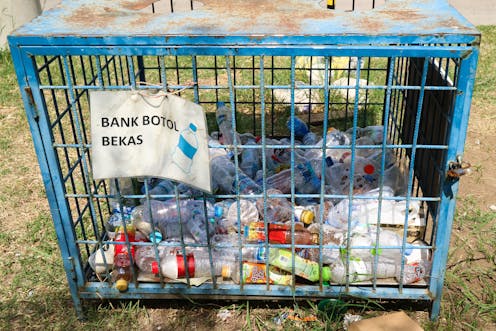
- Select a language for the TTS:
- UK English Female
- UK English Male
- US English Female
- US English Male
- Australian Female
- Australian Male
- Language selected: (auto detect) - EN
Play all audios:
Unless otherwise stated, the following figures apply from 6 April 2021 to 5 April 2022.
You normally operate PAYE as part of your payroll so HMRC can collect Income Tax and National Insurance from your employees.
Your payroll software will calculate how much tax and National Insurance to deduct from your employees’ pay.
The amount of Income Tax you deduct from your employees depends on their tax code and how much of their taxable income is above their Personal Allowance.
You can only make National Insurance deductions on earnings above the lower earnings limit.
Deduct primary contributions (employee’s National Insurance) from your employees’ pay through PAYE.
You pay secondary contributions (employer’s National Insurance) to HMRC as part of your PAYE bill.
You must pay Class 1A National Insurance on work benefits you give to your employees, for example a company mobile phone. You report and pay Class 1A on expenses and benefits at the end of
each tax year.
Class 1A National Insurance contributions are due on the amount of termination awards paid to employees which exceed £30,000 and on the amount of sporting testimonial payments paid by
independent committees which exceed £100,000. You report and pay Class 1A on these types of payments during the tax year as part of your payroll.
You pay Class 1B National Insurance if you have a PSA. This allows you to make one annual payment to cover all the tax and National Insurance due on small or irregular taxable expenses or
benefits for your employees.
The National Minimum Wage is the minimum pay per hour almost all workers are entitled to by law. Use the National Minimum Wage calculator to check if you’re paying a worker the National
Minimum Wage or if you owe them payments from past years.
Use the maternity, adoption and paternity calculator for employers to calculate your employee’s:
The same weekly SSP rate applies to all employees. However, the amount you must actually pay an employee for each day they’re off work due to illness (the daily rate) depends on the number
of ‘qualifying days’ they work each week.
Use the SSP calculator to work out your employee’s sick pay, or use these rates.
If your employees’ earnings are above the earnings threshold, record their student loan and postgraduate loan deductions in your payroll software. It will automatically calculate and deduct
repayments from their pay.
Use advisory fuel rates to work out mileage costs if you provide company cars to your employees.
Hybrid cars are treated as either petrol or diesel cars for this purpose.
Mileage allowance payments are what you pay your employees for using their own vehicle for business journeys.
You can pay your employees an approved amount of mileage allowance payments each year without having to report them to HMRC. To work out the approved amount, multiply your employee’s
business travel miles for the year by the rate per mile for their vehicle.
Find out more about reporting and paying mileage allowance payments.
Employment Allowance allows eligible employers to reduce their annual National Insurance liability by up to the annual allowance amount.
Employers and connected companies with a total annual pay bill of more than £3 million, are liable to the Apprenticeship Levy, which is payable monthly. Employers who are not connected to
another company or charity will have an annual allowance that reduces the amount of Apprenticeship Levy you have to pay. Apprenticeship Levy is charged at a percentage of your annual pay
bill.









